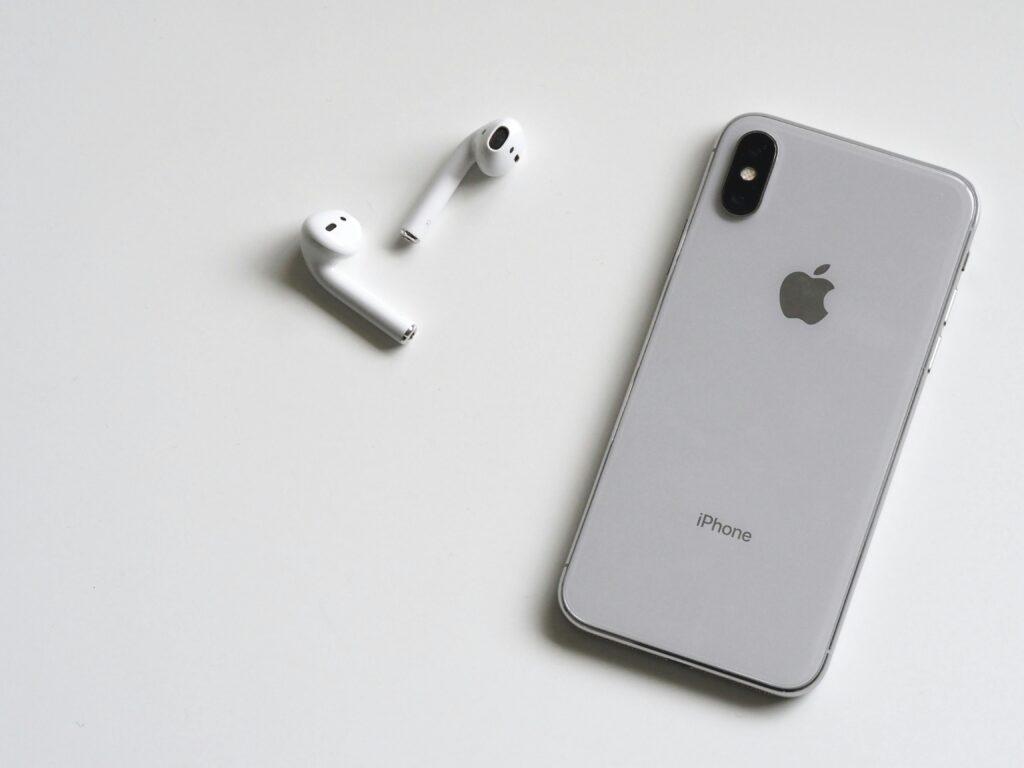| Apr 02, 2025
Trending

Mobile commerce and mobile integration are fundamentally reshaping how consumers shop, interact, and complete transactions in today’s digital economy. As smartphones become more powerful and always-connected, they serve not just as communication tools—but as digital storefronts, personal assistants, and payment hubs. In this article, we explore how mobile commerce and mobile integration are evolving together to enhance convenience, drive business growth, and redefine retail across the globe.
Mobile commerce, also known as m-commerce, refers to buying and selling products or services through mobile devices like smartphones and tablets. This includes everything from mobile shopping apps and in-app purchases to mobile banking and digital wallets.
Mobile integration refers to the seamless connection of various mobile technologies—including payment systems, location-based services, CRM tools, push notifications, and inventory systems—into a unified, personalized mobile experience.
Together, mobile commerce and mobile integration empower users to shop anytime, anywhere—while allowing businesses to provide faster, more relevant, and frictionless experiences.
Integrated mobile systems ensure customers can browse, buy, and pay within a few taps—without having to jump across apps or platforms.
Integrated analytics and customer data platforms (CDPs) deliver tailored product recommendations, targeted ads, and location-specific offers in real time.
Mobile wallets (Apple Pay, Google Pay, Samsung Pay) and one-tap payment solutions drastically reduce cart abandonment and increase conversion rates.
Thanks to mobile integration, customer behavior across web, app, and physical stores is unified—ensuring a consistent experience and cross-channel offers.
In-app loyalty programs, push notifications, and gamification features boost retention and drive repeat purchases.
Real-time data will power dynamic, individualized shopping experiences based on mood, weather, and habits.
Voice search and voice ordering will become standard, especially for quick reorders and everyday items.
Digital wallets will store not just cards, but loyalty points, coupons, receipts, and membership status.
Platforms like Instagram, TikTok, and Pinterest will become shoppable via deep integration with mobile payment and checkout APIs.
Your phone will soon suggest when and what to buy, and even place automated recurring orders based on past behavior.
The future of retail lies in the convergence of mobile commerce and mobile integration. Together, they create a powerful ecosystem that meets users where they are—on their phones. As consumer expectations evolve, businesses that embrace mobile-first strategies will enjoy higher engagement, better retention, and faster growth.
From personalized offers to instant payments and predictive insights, mobile commerce and mobile integration are more than just trends—they’re the new foundation of modern digital business.
Stay ahead with the latest trends! Subscribe now to receive exclusive insights, industry news, and timely updates straight to your inbox. Don’t miss out on valuable content—join us today